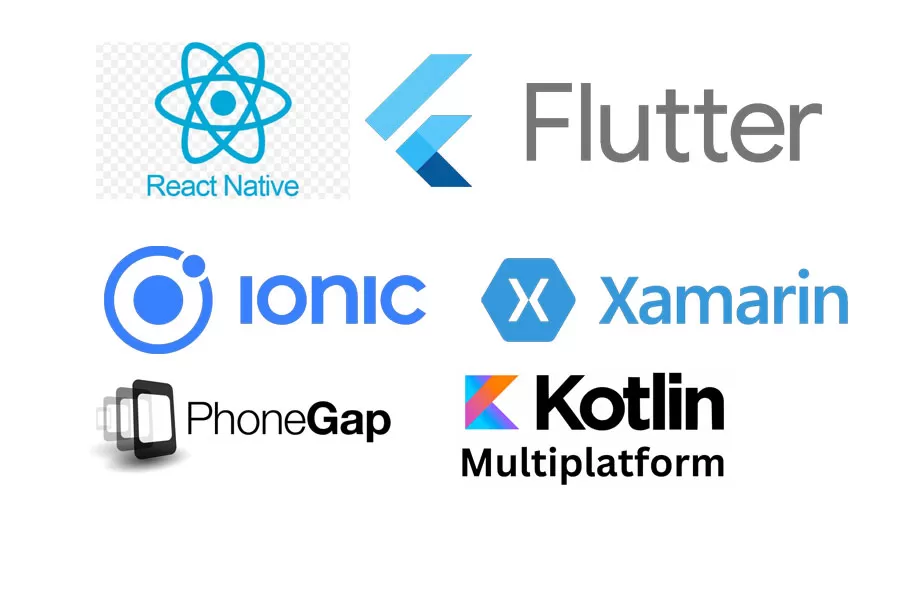
- Services .
-
Hire Developers .
- Industries .
- Company .
Explore detailed insights, expert opinions, and updates in our blog. Stay informed, discover new perspectives, and enhance your knowledge with every read.

Your website is your digital storefront, your first impression, and your 24/7 salesperson. But even in 2025, many businesses still fall into critical web design and development traps that hurt performance, SEO, and user trust.
In this blog, we’ll break down the top 10 mistakes to avoid when building your business website — and how to fix them like a pro.
Over 70% of web traffic comes from mobile devices. If your site looks bad or loads slowly on a phone, you’re losing visitors before they even read a word.
Use responsive design
Test your site with Google Mobile-Friendly Test
Prioritize touch-friendly buttons and readable fonts
🧠 Pro Tip: Design for mobile first, then scale up to desktop.
A 3-second delay in page load can increase bounce rate by 32%. Google also ranks fast sites higher in search results.
Compress images (use WebP or AVIF)
Minimize JavaScript and CSS
Use lazy loading and a CDN (like Cloudflare)
🧠 Tool: Test speed with PageSpeed Insights
You’ve brought visitors to your site… now what? If there’s no clear action—like "Contact Us", "Book a Demo", or "Buy Now"—they’ll just leave.
Use strong CTAs above the fold
Make buttons bold, visible, and action-oriented
Guide users step-by-step through your funnel
🧠 Good CTA: “Get Your Free Quote in 60 Seconds”
If search engines can’t understand your site, they won’t rank it. And no traffic = no business.
Use proper H1, H2, H3 tags
Optimize meta titles and descriptions
Use keywords naturally in content
Submit sitemap to Google Search Console
🧠 Tool: Use Yoast SEO (WordPress) or RankMath for on-page optimization.
A confusing menu or cluttered layout frustrates users and increases bounce rate.
Keep top-level menus simple (3–6 main links)
Use clear labels: "Services", "Pricing", "Contact"
Add a breadcrumb trail for better UX and SEO
🧠 Pro Tip: Use heatmaps (Hotjar) to see where users drop off.
If your content doesn’t clearly explain what you do and why you're different, users won’t trust or engage.
Write in a tone that reflects your brand
Focus on benefits, not just features
Include case studies, testimonials, and trust badges
🧠 Bonus: Add a blog section for SEO traffic and thought leadership.
In 2025, having a non-secure website is a huge trust breaker—especially for e-commerce or lead-gen sites.
Get an SSL certificate (most hosting plans offer it free)
Redirect all HTTP traffic to HTTPS
Show the padlock icon in browser bar
🧠 Google Boost: Secure sites get higher SEO rankings.
If you're not measuring your site's performance, you can’t improve it. Many businesses launch and forget.
Set up Google Analytics 4 (GA4)
Use Google Search Console for indexing insights
Set up conversion goals (form fills, CTA clicks, etc.)
🧠 Tool: Add Hotjar or Microsoft Clarity for behavior tracking.
Inaccessible websites miss out on a large audience and can even face legal issues in some countries.
Use alt text for all images
Ensure keyboard navigability
Use readable font sizes and color contrast
🧠 Tool: Test your site with WAVE Accessibility Tool
Websites are not “set it and forget it” assets. Outdated plugins, content, and broken links hurt SEO and trust.
Schedule monthly checks for updates and broken links
Keep content fresh (especially service pages and blogs)
Backup your site regularly
🧠 Bonus Tip: Run quarterly SEO audits to stay on top of rankings.
Your business website is your most powerful online asset—but only if built right. Avoiding these common mistakes ensures better performance, conversions, SEO, and user trust in 2025 and beyond.
Start with a clean foundation, follow best practices, and keep improving as you grow. And remember — a successful website isn’t built just once. It evolves with your business.

How to Economically Hire Web and Mobile App Developers

Cross-Platform App Development Guide for Startups

Custom Web Application Development Guide for Startups

AI in Foreign Policy: Transforming Global Diplomacy

How AI and 5G Are Reshaping the Future of Telecom

How AI Is Shaping the Future of Entertainment Content

Solving Tech Debt: Smart Strategies That Boost Growth

Software Developer vs. Software Engineer: What’s the Difference?

Low-code vs. no-code app development

What Is Digital Transformation? A Modern Business Guide